15 Underwater Predators That Rule U.S. Oceans
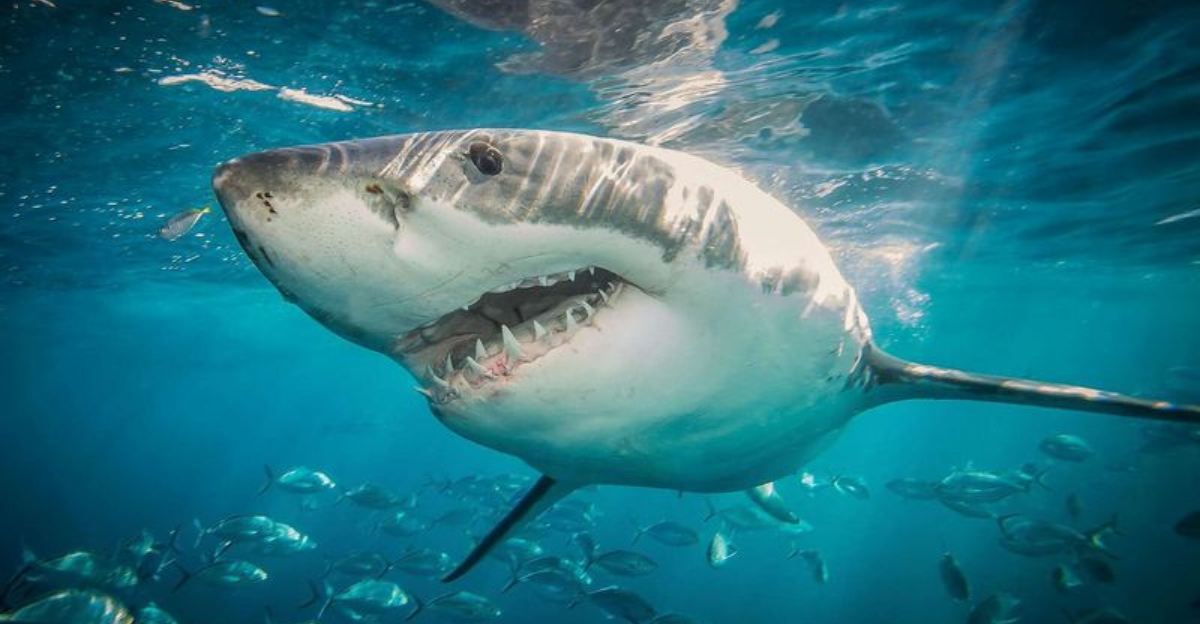
The waters surrounding the United States hide some of nature’s most remarkable hunters.
From the icy depths of Alaska to the warm currents of the Gulf of Mexico, these marine predators have evolved incredible hunting strategies.
Some can smell a drop of blood from miles away, while others use electric fields to detect prey. Let’s meet the fierce underwater hunters that dominate America’s oceans.
1. Orca

Black-and-white maritime masterminds, orcas hunt in coordinated family groups called pods. These top-tier predators have been spotted creating waves to wash seals off ice floes in Alaska’s frigid waters.
Each pod develops unique hunting techniques passed down through generations. Some specialize in hunting fish, while others target marine mammals. Their problem-solving abilities and communication skills rival those of primates, earning them the nickname ‘wolves of the sea.’
2. Bull Shark
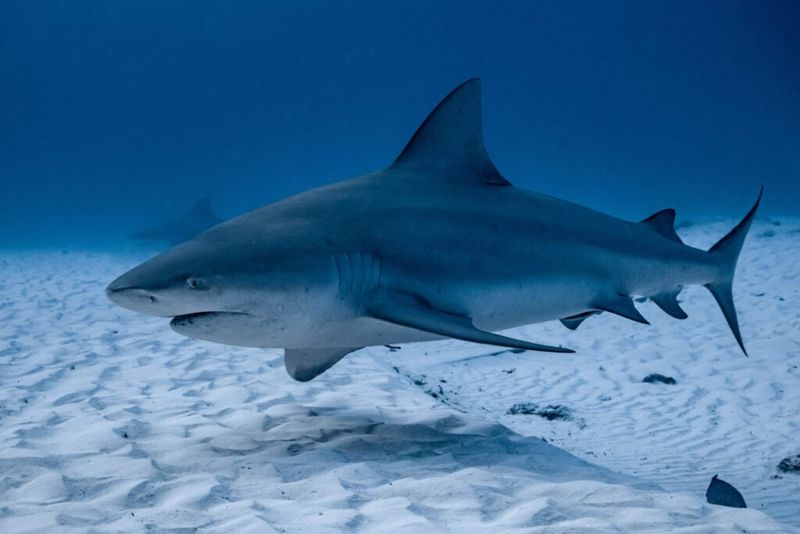
Fearless freshwater adventurers, bull sharks can swim hundreds of miles up rivers. Their unique kidney adaptation allows them to thrive in both salt and fresh water, making them frequent visitors to the Mississippi River and Florida’s coastal waterways.
Stocky and powerful, these sharks have one of the strongest bite forces of any fish. Their aggressive reputation stems from their comfort in shallow, murky waters where humans often swim. Scientists track their movements to better understand their hunting patterns.
3. Humboldt Squid
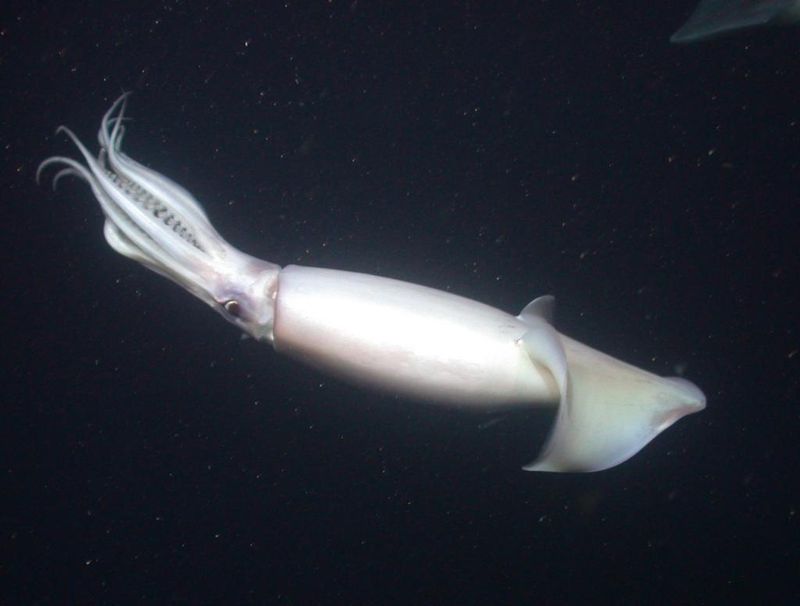
Red devils of the deep Pacific, Humboldt squid flash crimson and white to communicate with each other during group hunts. Growing up to 6 feet long, these intelligent cephalopods have invaded California’s waters in recent decades.
Armed with barbed suckers and a sharp beak, they swarm prey in coordinated attacks. Fishermen fear their aggressive behavior, as they’ve been known to pull humans underwater. Their rapid expansion northward puzzles scientists who link it to changing ocean temperatures.
4. Barracuda
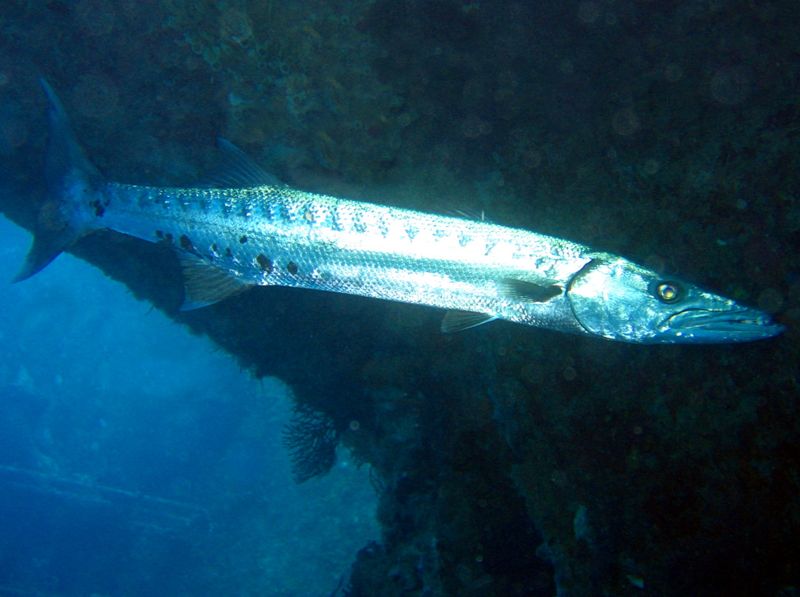
Lightning-fast torpedoes with teeth, barracudas lurk around coral reefs from Florida to Hawaii. Their sleek, silver bodies can accelerate to 35 mph in short bursts, making them one of the ocean’s quickest ambush predators.
Young barracudas gather in schools for protection, while adults prefer the solitary hunter lifestyle. Their fearsome reputation comes from their curious nature and intimidating appearance. Shiny objects like jewelry can attract them, as they mistake the glint for fish scales.
5. Tiger Shark
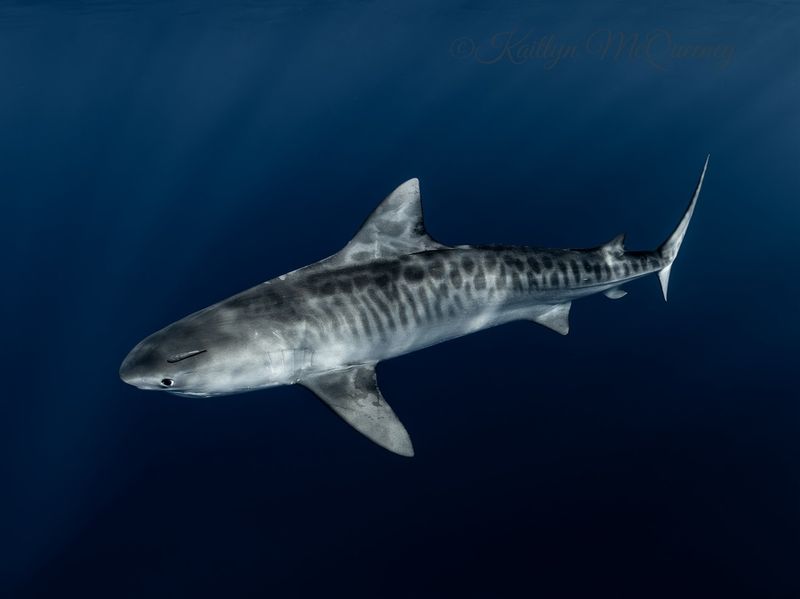
Ocean’s garbage disposals with striped patterns, tiger sharks have earned their name from the distinctive markings that fade as they age. Hawaiian waters host many of these indiscriminate feeders known to consume everything from sea turtles to license plates.
Their powerful jaws contain unique serrated teeth that can cut through turtle shells. Highly migratory, they follow warm currents along the eastern seaboard and Gulf Coast. Conservation efforts focus on these sharks as their numbers have declined due to fishing pressure.
6. American Alligator

Armored ambush specialists, American alligators rule the brackish waters where rivers meet the sea along the Gulf and Atlantic coasts. Their prehistoric appearance masks a sophisticated hunting strategy—they can remain motionless for hours before lunging with explosive force.
Despite their fearsome reputation, they play crucial roles in shaping wetland habitats. They create “gator holes” that provide water for other species during droughts. Once endangered, conservation success has allowed their populations to rebound throughout the southeastern coastal waters.
7. Mako Shark
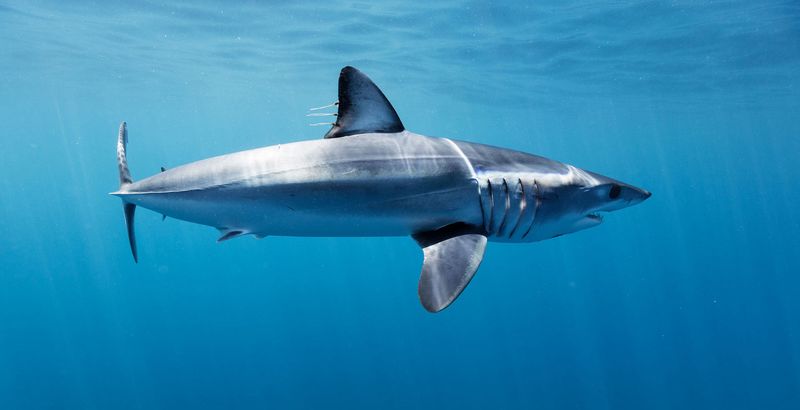
Speedsters of the sea, shortfin makos can reach an astonishing 45 mph, making them the fastest sharks in the ocean. Their metallic blue backs and white undersides create perfect camouflage as they patrol offshore waters from New England to California.
Warm-blooded like their cousin the great white, makos maintain higher body temperatures than the surrounding water. This gives them incredible hunting advantages, allowing sustained bursts of speed to chase down fast-swimming tuna and swordfish. Sport fishermen prize them for their acrobatic jumps and fighting spirit.
8. Sea Lamprey

Ancient vampire-like parasites, sea lampreys attach to larger fish with their circular, tooth-lined mouths. Having invaded the Great Lakes through shipping canals, they’ve devastated native fish populations far beyond their natural Atlantic coastal range.
Lacking jaws, these primitive creatures use rasping tongues to bore into victims’ flesh. They then secrete anticoagulants to keep blood flowing while they feed. Control efforts cost millions annually, as a single lamprey can destroy up to 40 pounds of fish during its parasitic phase.
9. Giant Pacific Octopus
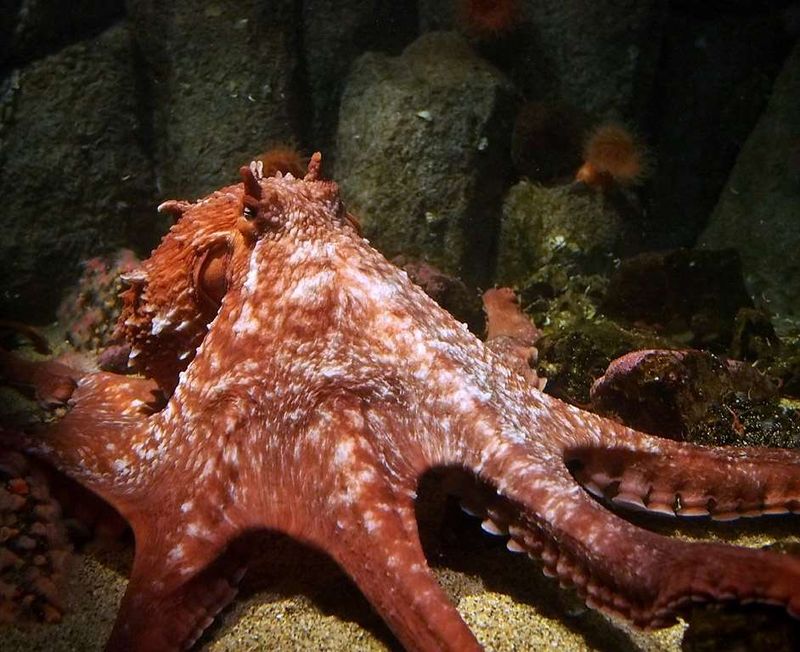
Master of disguise with problem-solving intelligence, the Giant Pacific Octopus haunts the rocky depths from Alaska to California. With arms spanning up to 20 feet and weighing 150 pounds, it’s the largest octopus species on Earth.
Despite their size, these eight-armed hunters can squeeze through openings as small as a lemon. They use their remarkable color-changing skin and powerful suction cups to ambush crabs and shellfish. Scientists consider them among the smartest invertebrates, capable of complex tool use and even recognizing individual humans.
10. Great White Shark
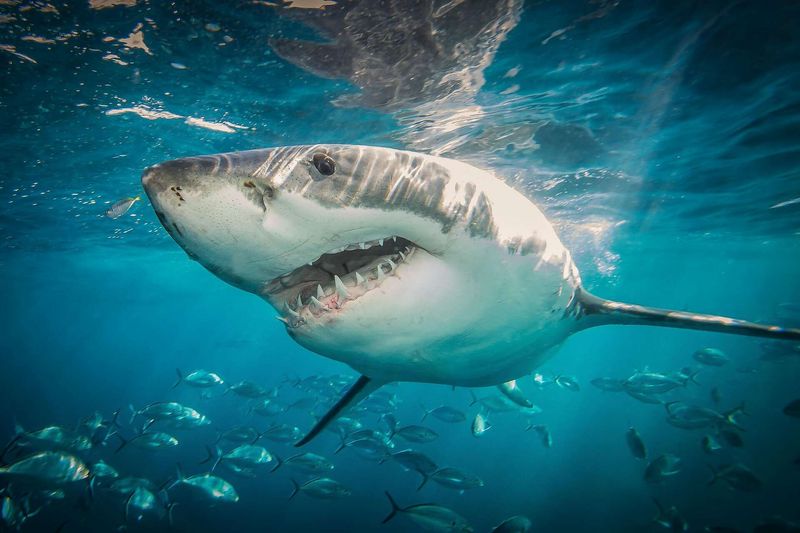
Terror of the deep and misunderstood giant, the great white patrols coastal waters from California to New England. Their massive jaws pack rows of serrated teeth that can slice through seal blubber like butter.
Contrary to popular belief, these sharks rarely target humans. Most attacks are simply cases of mistaken identity, with the shark confusing swimmers for their natural prey. Scientists now understand they’re intelligent creatures with complex social behaviors.
11. Goliath Grouper
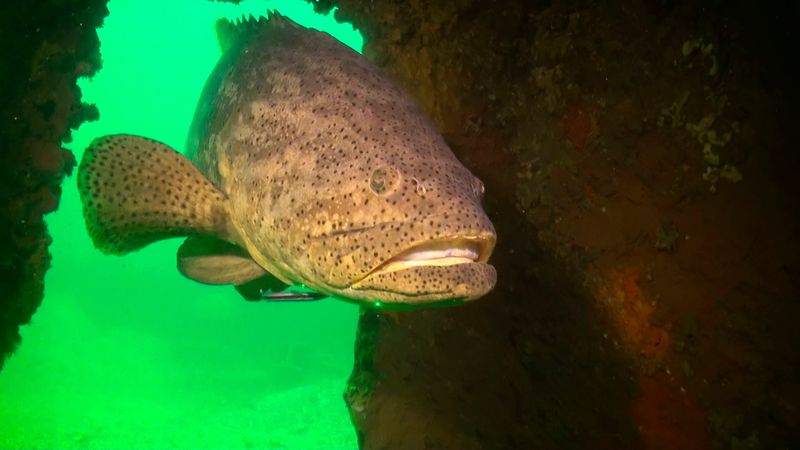
Gentle giants with explosive power, Goliath groupers can gulp down sharks and barracudas in a single, lightning-fast strike. These massive fish, weighing up to 800 pounds, patrol Florida’s reefs and shipwrecks with surprising stealth for their size.
Once critically endangered from overfishing, strict protection has helped their numbers recover. They communicate with distinctive booming sounds that divers can feel in their chests. Young groupers start life in mangrove nurseries before moving to deeper waters, creating an important link between coastal habitats.
12. Sevengill Shark
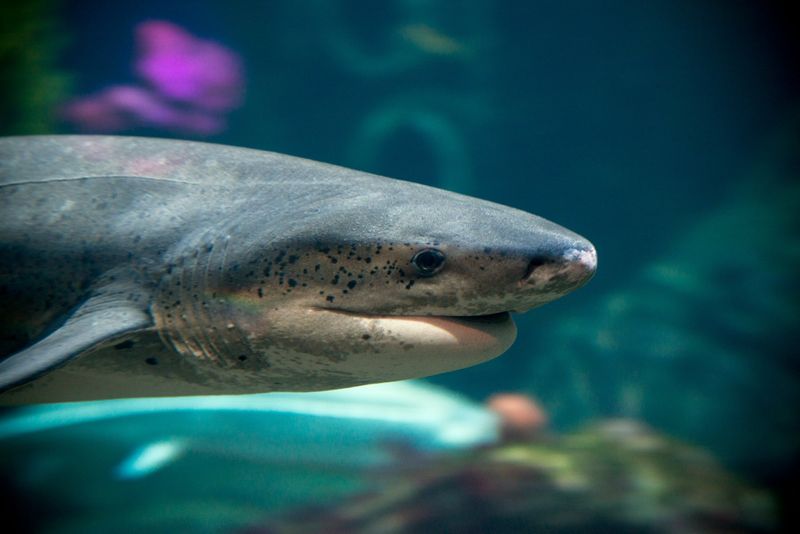
Living fossils with ancient hunting tactics, sevengill sharks sport one more gill slit than most modern sharks. These prehistoric-looking predators have become increasingly common in San Francisco Bay and Washington’s Puget Sound, hunting in packs during dawn and dusk.
Unlike their faster cousins, sevengills rely on stealth and group coordination to surround prey. Their broad heads and powerful tails help them maneuver through kelp forests and rocky reefs. Marine biologists track their unusual group hunting behavior, which resembles tactics used by wolves.
13. Lionfish
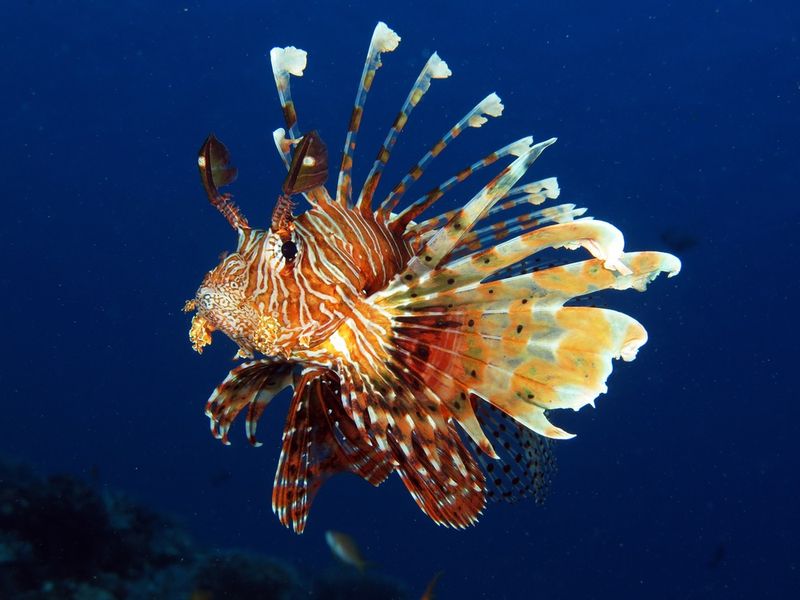
Beautiful invaders with venomous spines, lionfish have overwhelmed Atlantic reefs from North Carolina to the Gulf of Mexico. Native to the Indo-Pacific, these striped predators were likely released from home aquariums and now devour native fish at alarming rates.
Their flamboyant fins hide deadly neurotoxins that deter most predators. With voracious appetites, a single lionfish can reduce juvenile fish populations on a coral reef by 80%. The good news? They’re delicious, and fishing tournaments encourage their harvest to help control their spread.
14. Moray Eel

Toothy reef sentinels with attitude, moray eels lurk within rocky crevices along both U.S. coasts. Their constantly open mouths aren’t a sign of aggression but rather how they pump water through their gills to breathe.
What makes them truly special is their hunting partnership with other species. In Hawaii, researchers have documented morays collaborating with octopuses and groupers to flush out hidden prey. Their flexible jaws contain a second set of pharyngeal teeth that extend forward to grab prey—a feature that inspired the monster in the Alien movies.
15. Bluefin Tuna
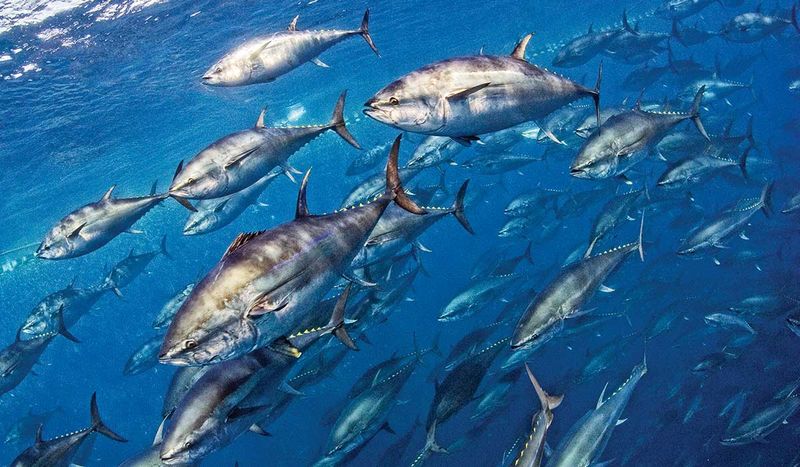
Warm-blooded torpedoes built for speed, bluefin tuna can accelerate faster than a Porsche. These magnificent fish cruise both the Atlantic and Pacific coasts of the United States, with some individuals weighing over 1,000 pounds.
Unlike most fish, bluefins maintain body temperatures up to 20 degrees warmer than surrounding waters. This supercharged metabolism lets them hunt in cold northern waters where other predators slow down. Sadly, their delicious meat commands astronomical prices in Japan, driving overfishing that threatens their survival.






